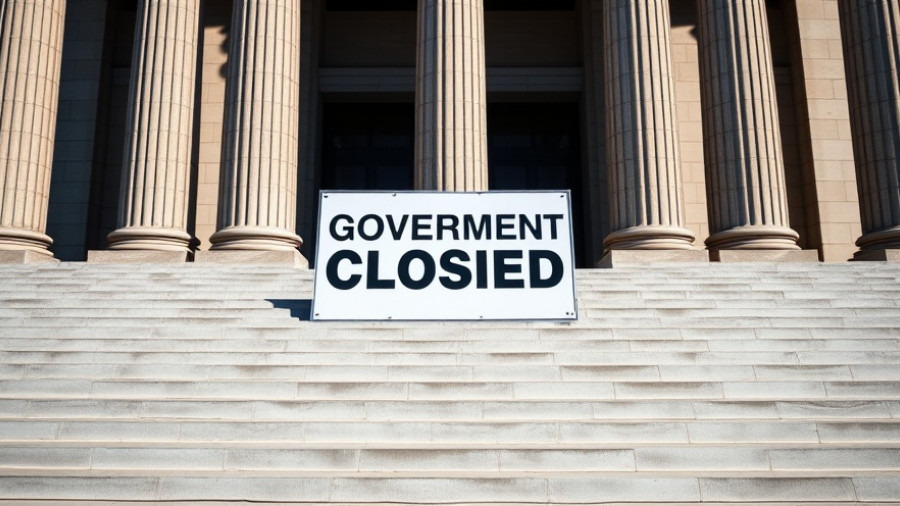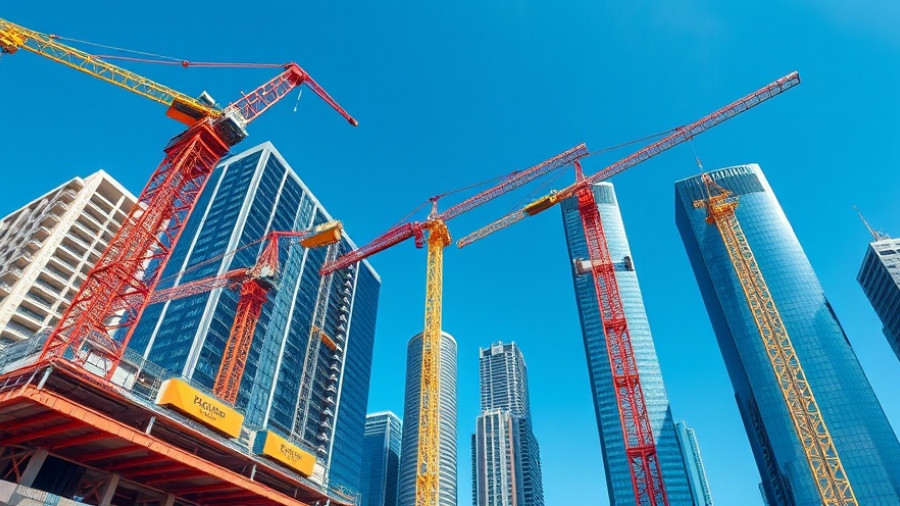
Understanding the Unusual Dispute Over Deductibles
The construction industry often grapples with complex financial agreements, but the recent arbitration case involving STV and Tutor-Perini/Parsons has brought a unique wrinkle to the table. Central to this dispute are seven $1 million deductibles tied to cost overruns on a major project. The resolution of this case could set a significant precedent, affecting how similar financial disputes are managed in commercial construction.
The Implications of Arbitration Decisions
Arbitration, unlike traditional court procedures, is designed to be faster and more efficient, offering a private venue for conflict resolution. In this instance, the details surrounding the seven deductibles involve heightened scrutiny over contracts and accountability standards within the industry. Such outcomes affect not only the parties directly involved but also peripheral contractors who may approach future projects with a different lens regarding contractual protections.
Why This Case Matters to Clients of Construction Companies
For clients engaged with commercial construction firms, understanding issues like deductibles is paramount. This case demonstrates the importance of clarifying terms and conditions in contracts. Clients should advocate for stipulations that provide them with greater financial security to ensure that their interests are safeguarded against unforeseen project expenditures.
Future Insights: The Evolving Landscape of Construction Contracts
As the construction landscape continues to evolve with technology integration, issues such as risk management and contractual transparency become even more critical. Smart contracts powered by blockchain technology are paving the way for greater accountability and trust in financial dealings. Anticipating these developments can inspire better practices and foster more robust cooperation among construction stakeholders.
The Role of Technology in Mitigating Financial Disputes
Emerging digital tools are playing a transformational role in how bid estimates and project scopes are managed. Utilizing construction project management software can streamline processes, minimize errors, and clarify expectations from the outset. Clients should leverage these tools to fortify their positions before the first shovel hits the ground, ensuring that potential disputes are addressed proactively.
 Add Row
Add Row  Add
Add 




Write A Comment